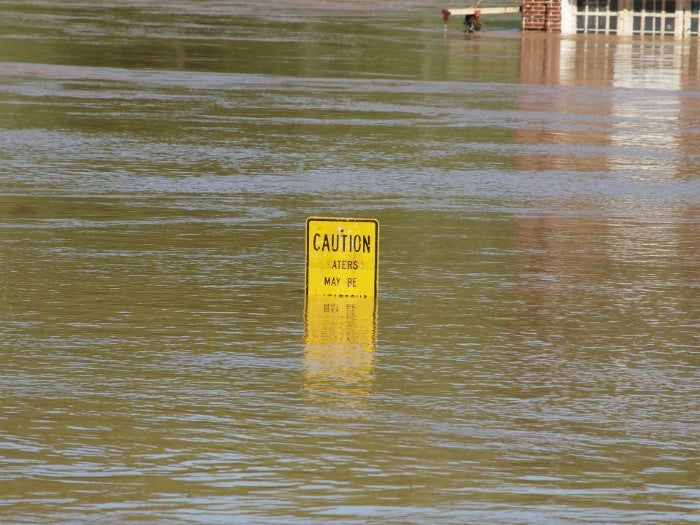Lowndes County commission and engineers address FEMA floodplain violations
Published 8:00 am Friday, November 4, 2022
|
Getting your Trinity Audio player ready...
|
Lowndes County commissioners and engineers are working together to address these violations, develop a plan of action, and ensure enforcement by creating a permitting process.
The announcement comes after Federal Emergency Management Agency representatives conducted a Community Assistance Visit in Lowndes County to provide technical assistance and assess the county is enforcing floodplain management along the Alabama River on June 8 and 9.
“We are putting steps in place to ensure we’re enforcing regulations,” said Lowndes County Engineer David Butts. “We have ceased development from this point on until we get measures in place.
“Approximately 100 homes around that area have been identified as in the floodplain. Something needs to be done about [those violations], so the biggest portion [of our effort] is solving those problems.”
Commissioner Robert Harris said the violations impact residents in three Lowndes County districts — Districts One, Two, and Four.
“Right now, we’re in the preliminary stages and we will adhere to what FEMA requires,” Harris noted. “We don’t know what the impact will be. We are just learning, so this is new to everyone, but we will notify anyone that may be affected with this situation.”
FEMA described the violations in a letter provided to county officials on Sept. 15.
“During the visit, FEMA and the state of Alabama documented several hundred violations in the regulatory floodway,” said FEMA Region 4 spokesperson Danon Lucas.
The letter outlined steps the County must take to enforce its floodplain ordinance, correct deficiencies and remedy violations in order to remain in good standing with National Flood Insurance Program.
These steps include:
- Develop and provide a Standard Operating Procedure for routinely monitoring all development in Special Flood Hazard Areas (SFHA), including substantial improvements;
- Submit a Corrective Action Plan to FEMA;
- Provide evidence of compliance of any violations identified during the community assistance visit;
- Remedy any violations to the maximum extent possible.
The Lowndes County Flood Damage Prevention Ordinance, dated August 15, 1984, gives land use authority to regulate all development within Special Flood Hazard Areas (SFHA) through state enabling legislation. The County joined the NFIP and agreed to enforce the ordinance that same date.
The ordinance defines the floodway as the river channel and the adjacent land areas which must be reserved in order to discharge the base flood without cumulatively increasing water surface elevation more than a designated height, Lucas explained.
According to Butts, the ordinance requires homes within the floodway be constructed one foot above the designated flood level. Floodplain areas shift over time, he explained, and some homes now in violation could be grandfathered into compliance if they were constructed before the land became an SPFA.
At an Oct. 24 commission meeting, Butts proposed action steps and outlined progress toward meeting FEMA requirements.
“We are researching and cross-referencing historic floodplain maps to determine exact floodplain locations over time,” Butts said. “We are also finding out when homes were built. Those homes built below the base flood elevation are going to require correction.”
The County must participate in the NFIP to receive most federal aid, Lucas said. Federal law requires flood insurance for any structure in the SFHA with a federally backed mortgage.
“We want the County to remain a participant in the NFIP with a compliant floodplain management program,” Lucas affirmed. “FEMA and the State can provide technical assistance on identifying potential grants or programs that can be utilized to mitigate the violations and in developing a compliant floodplain management program.”






